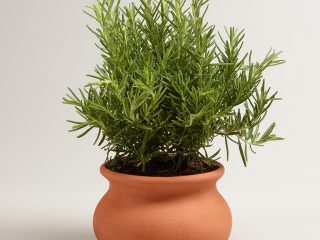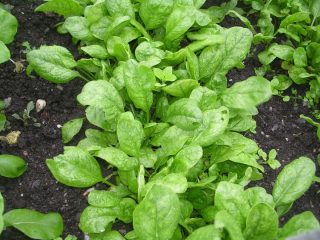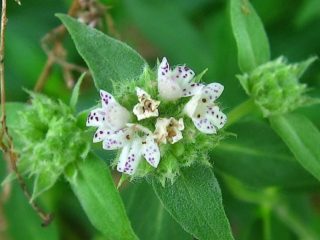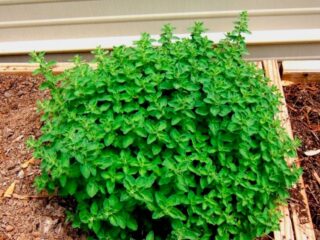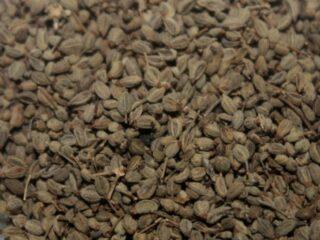Content
- 1 Photo and description of radish microgreens
- 2 Radish microgreen flavor
- 3 Beneficial properties of radish microgreens
- 4 Varieties for growing microgreens
- 5 What is needed for germination
- 6 How to grow radish microgreens at home
- 7 Rules of care
- 8 When to cut radish microgreens
- 9 Conclusion
- 10 Reviews of radish microgreens
Radish microgreens are one of the most useful food additives, having a pleasant taste and rich aroma. You can get sprouts yourself in just two weeks. To do this, you can use a regular jar, a special container, as well as soil. The main methods of growing and the benefits of the product are described in detail in this article.
Photo and description of radish microgreens
Microgreens are sprouts of leaf radishes that emerge from sprouted seeds. The height reaches only 4-10 cm - it is at this stage that the sprouts are harvested and used for food.
Radish microgreens are typically purple in color. Although, depending on the variety, the leaves can be a rich green color, with pronounced veins diverging from the center to the edges. The shoots themselves are white, with a pinkish or purple tint.The leaves are paired, located opposite each other, and have the shape of a butterfly.
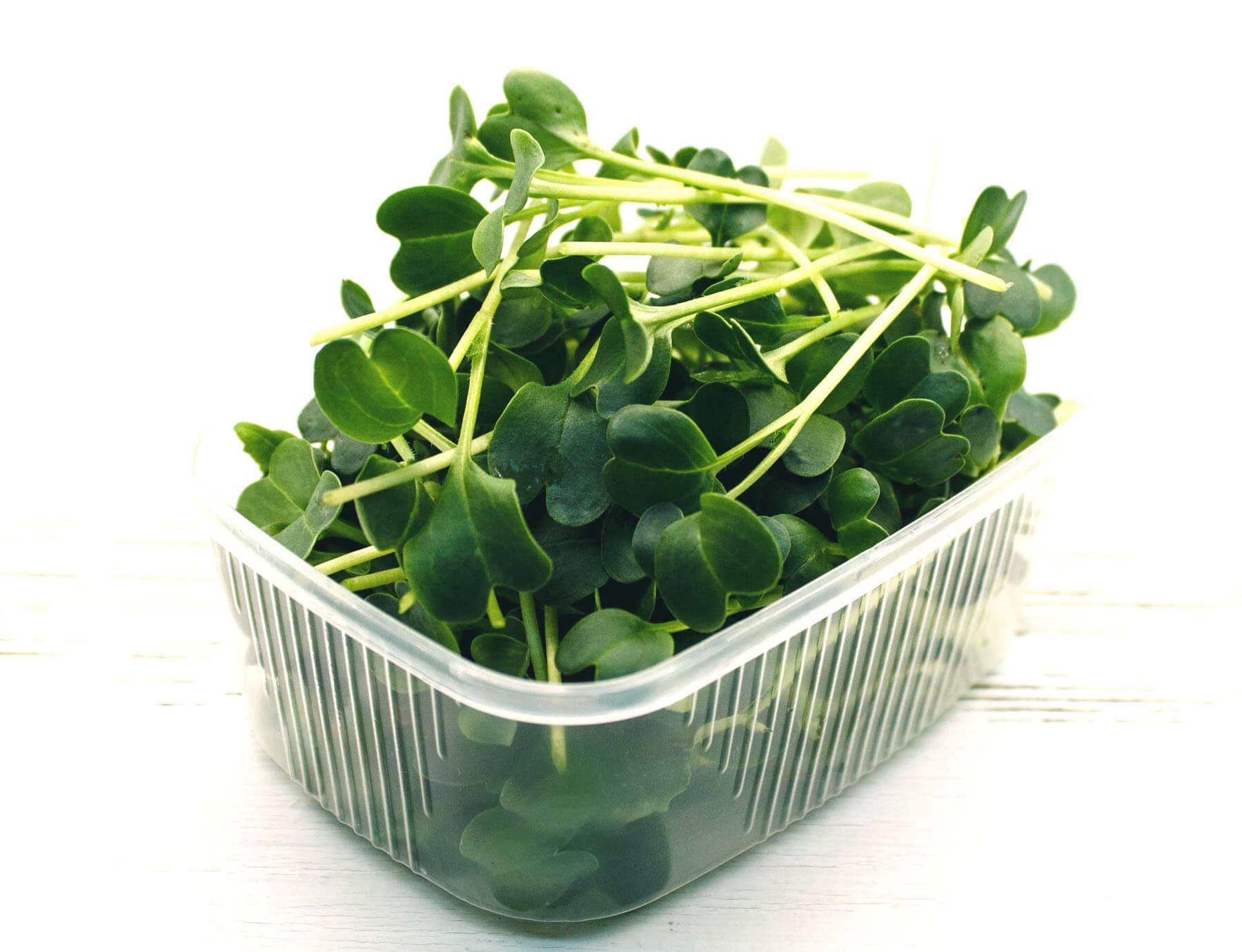
Sprouted microgreens
Radish microgreen flavor
Green and purple radish microgreens have a spicy, slightly pungent taste, just like the roots of the plant themselves. The leaves are crunchy and pleasant when fresh, although many may find the taste unusual, with a herbaceous tint.
Microgreens are used both in the preparation of regular dishes (for example, in Japanese cuisine) and for dietary nutrition. It is low-calorie - 43 kcal per 100 g. Nutritional value for the same weight:
- proteins – 3.8 g;
- fats – 2.5 g;
- carbohydrates – 3.6 g.
Beneficial properties of radish microgreens
The benefits of radish microgreens are associated with its rich chemical composition. 90% is water, the remaining 10% is dry matter, which contains the following components:
- vitamins A, group B (B1, B2, B5, B6, B9), C, PP;
- antioxidants;
- essential oils (they give the characteristic aroma);
- potassium;
- manganese;
- copper;
- zinc;
- calcium;
- phosphorus;
- iron.
Thanks to this, microgreens from red radishes and other varieties provide benefits to different organs:
- promotes weight loss due to its low calorie content;
- strengthening the cardiovascular system;
- increasing the elasticity of blood vessels;
- prevention of atherosclerosis by reducing cholesterol concentrations;
- dilution of bile;
- increasing immunity;
- antioxidant properties – protecting cells from free radicals;
- slowing down the aging process;
- stimulation of collagen synthesis;
- increasing skin elasticity;
- improvement of complexion;
- prevention of oncological pathologies.
Along with the beneficial properties, radish microgreens also have contraindications:
- peptic ulcer;
- exacerbation of gastritis;
- individual intolerance;
- pregnancy, feeding (with caution).
Varieties for growing microgreens
There are several varieties of radishes that are suitable for producing microgreens. Each of them differs in color and partly in taste. At the same time, all varieties provide benefits to the body. The most common ones are described below.
Green
Radish microgreens with crispy leaves. The taste is slightly pungent, spicy, the aroma is refreshing. They are used to prepare not only main dishes, but also cocktails. Suitable for smoothies too.

Classic variety of radish microgreens for eating and serving
Chinese rose
Chinese rose is a beautiful variety of radish microgreen with lilac stems and bright green leaves.

The taste is spicy, enriches soups, salads and other dishes
It goes especially well with different types of cabbage.
Violeta

Violet – a variety of radish microgreens with purple stems
The taste is a little spicy, the leaves have a pleasant crunch. It is used both for food and for serving, to decorate various dishes.
Daikon
Daikon is a classic variety of radish microgreens that goes well with hot dishes and cold appetizers. The foliage is bright green, the stems have lighter shades.
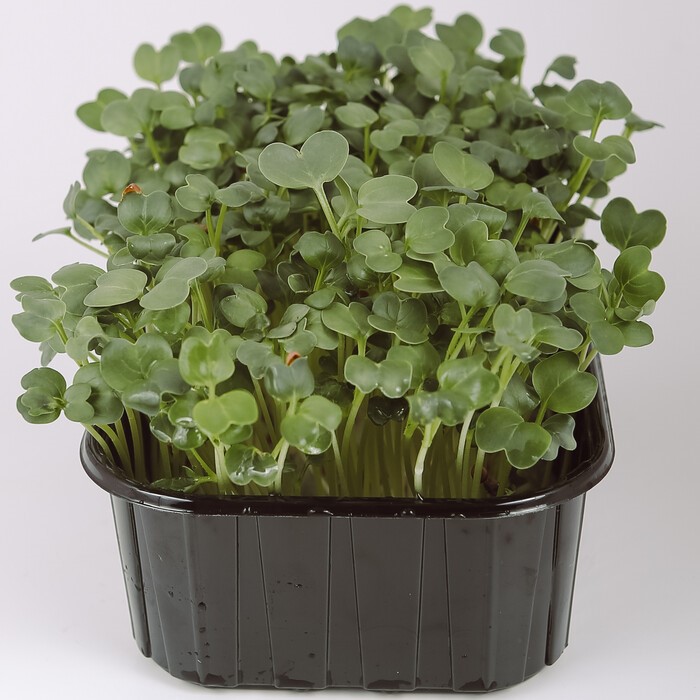
The taste is reminiscent of daikon radish, which is where the name comes from.
Sango
Sango is a variety of purple radish microgreen.The stems are almost black in color, but they taste like regular radish roots.
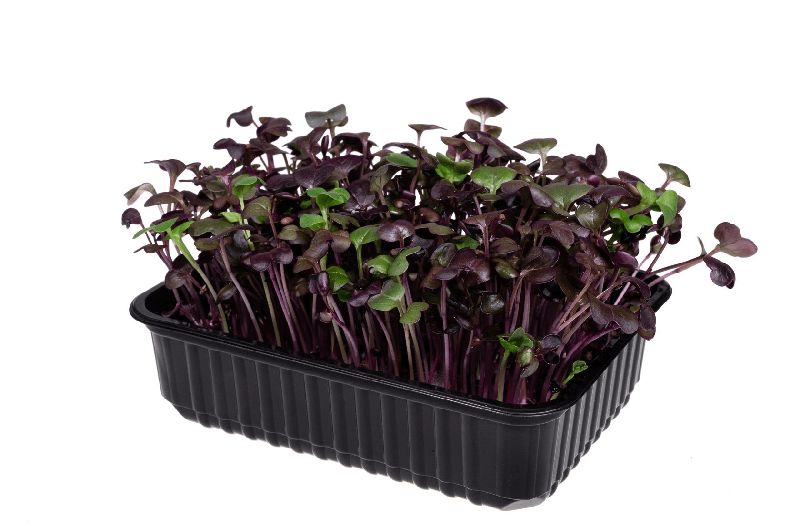
Sprouts are used not only for food, but also as decoration, for example, on tables in restaurants.
What is needed for germination
You can plant radish microgreens and grow them at home, as it is a fairly simple procedure. There are two ways - growing with and without substrate. And in any case you will need:
- seeds;
- suitable container;
- lamp for illumination;
- substrate (if the appropriate method is selected).
Seeds
Seeds for planting radish microgreens should only be purchased from trusted suppliers with many years of experience and good reviews. You can collect them from your garden or ask your friends - this is an ideal option in terms of environmental friendliness.
After purchasing radish microgreen seeds, you need to carefully inspect and sort them out. Damaged, darkened, scratched or other defects should be rejected.
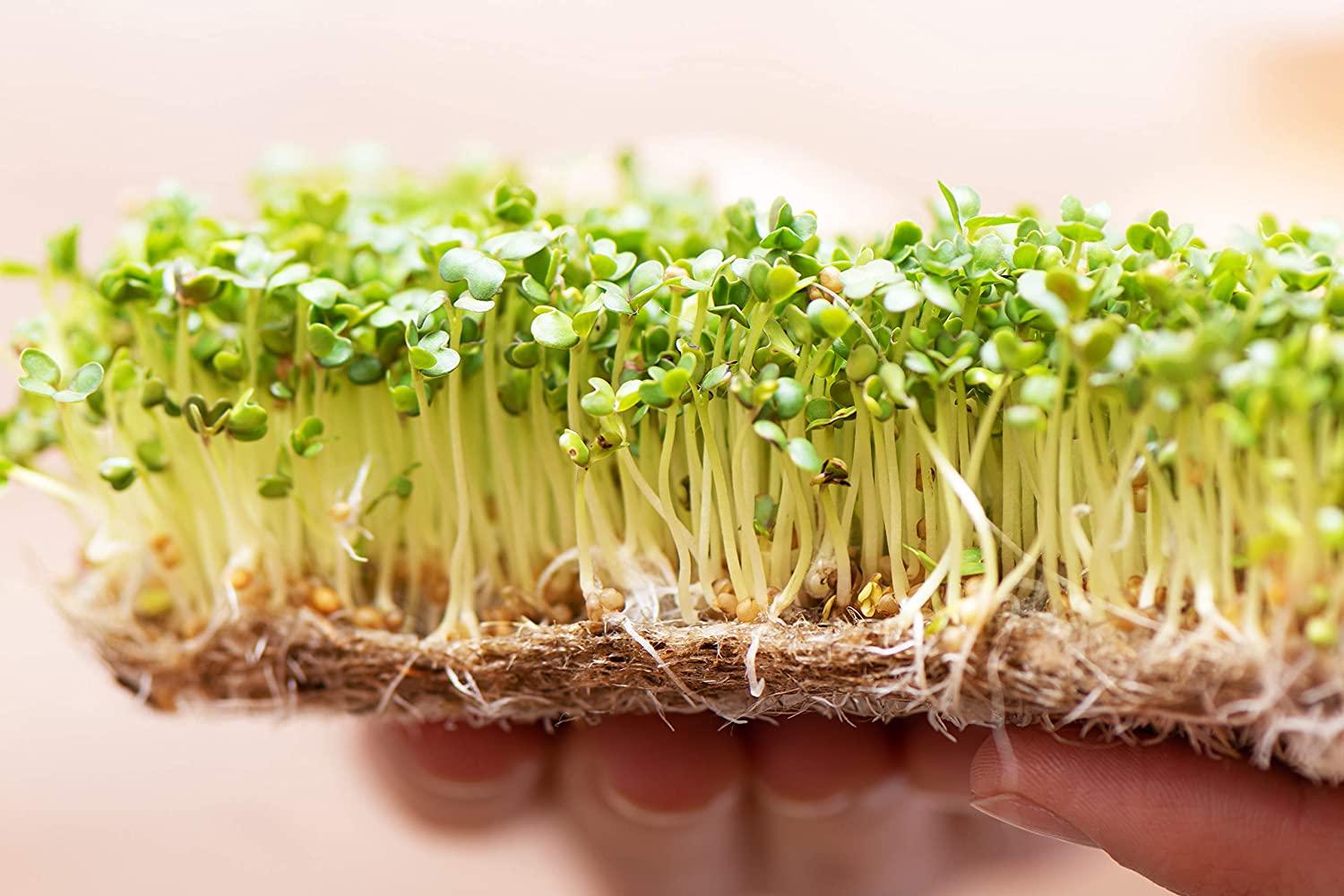
To obtain microgreens, you can only use environmentally friendly seeds.
Capacity
You can sow radish microgreens in different containers. As a rule, the following containers are used for this:
- An ordinary jar with a lid. Volume 800 ml – 1 l, maybe a little more.
- The special tray also has a lid. It removes moisture well and provides ventilation.
- Flat container, for example, a container for food, lunch.
Lamp
To sprout radishes for microgreens, you will definitely need good lighting.In summer, on southern and eastern windows you can do without it, but in the autumn-winter period and early spring, lighting is always needed. When choosing, it is worth considering that the power must be at least 20 W - this is quite enough to illuminate 1 m2 area, i.e. small window sill.
As a light source for radish microgreens, you can choose:
- an ordinary incandescent lamp (it is worth considering that it wastes a lot of electricity and gets very hot);
- white LEDs;
- phytolamps.
The source is placed at a height of approximately 50 cm from the container - approximately the same as in the case of seedlings.
Substrate
When growing pink radish microgreens and other varieties, special attention should be paid to the substrate. In the simplest case, you can spread the seeds on damp gauze and wait a few days. However, it will not be possible to get a large harvest this way, and some of the seeds may rot due to excess moisture.
Therefore, it is best to use substrates that are purchased separately:
- Capillary (irrigation) mat - can be made of bast, jute or wool. There are also artificial substrates based on polyester or acrylic fibers. They are durable and maintain a stable level of moisture for a long time.
- Rugs made of jute, linen and other natural materials. They perfectly retain moisture, which evenly enters the grains and ensures their rapid growth.
- Coconut substrate is also suitable for growing radish microgreens. It is obtained by pressing coconut fibers. As a result, peat is produced, which can be used, among other things, to fertilize the soil.
- Rock wool is an inorganic substrate with a porous structure.Produced from plant fibers, which are mixed with limestone, basalt and other fillers.
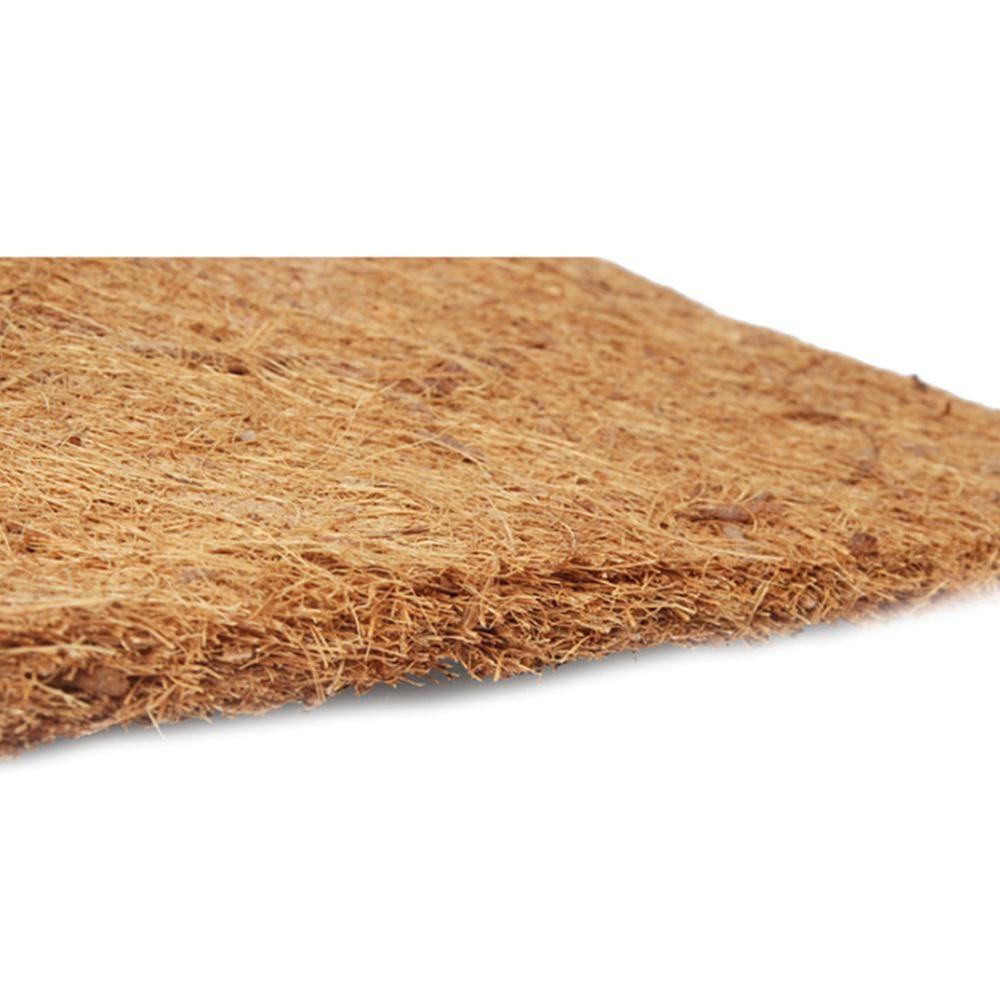
To grow microgreens, you can use a mat made of jute, flax or coconut
How to grow radish microgreens at home
There are several ways to plant radish microgreen seeds. Even if there is no special container, you can use a jar or just clean cotton wool. The main growing technologies are described below.
In the bank
To force radish microgreens, take a jar of regular sizes, for example, 1 liter. Next, the already selected and slightly washed seeds are poured to the very bottom and filled with settled or filtered water.
To get sprouts, proceed as follows:
- Place clean gauze over the neck.
- Secure tightly with rope or rubber band.
- Turn the jar over and drain all the water. Rinse thoroughly.
- Then pour in a little water again so that it barely covers the grains.
- Place a jar of radish microgreen seeds at an angle of 30-40 degrees in a tray so that the water gradually drains into it.
- New liquid is added periodically to prevent complete drying. After just two days, the first shoots of radish microgreens will appear.
On cotton wool or napkin
Sprouts can be obtained using a non-woven napkin or clean cotton wool. You can also use cotton pads, which in practice turn out to be even more convenient. The instructions are:
- Soak the seeds in filtered, settled or melt water.
- Place the discs, cotton wool or napkin in one layer in a small container with low sides.
- Moisten with water from a spray bottle.
- Next, radish microgreen seeds are distributed in one layer over the surface of cotton wool or a napkin and again sprayed a little.
- Cover with a transparent lid.Place on the windowsill so as to provide illumination or natural light for radish microgreens.
- After two days, remove the lid and continue watering to ensure a constant level of humidity.
In a special container
Inexpensive trays or containers with lids are available for growing radish microgreens. These are convenient containers in which you can get almost any sprouts. They are often also called sprouters.
Planting instructions are quite simple:
- The seeds are washed and soaked in a small container for several hours (overnight is possible) so that they swell well.
- Drain the water and rinse thoroughly under the tap.
- Pour settled or filtered water into the tray so that it reaches the level of the grate.
- Spread the grains over the surface in a thin layer.
- Close the lid and place in a warm place.
- Water periodically and wait for radish microgreen sprouts to appear.
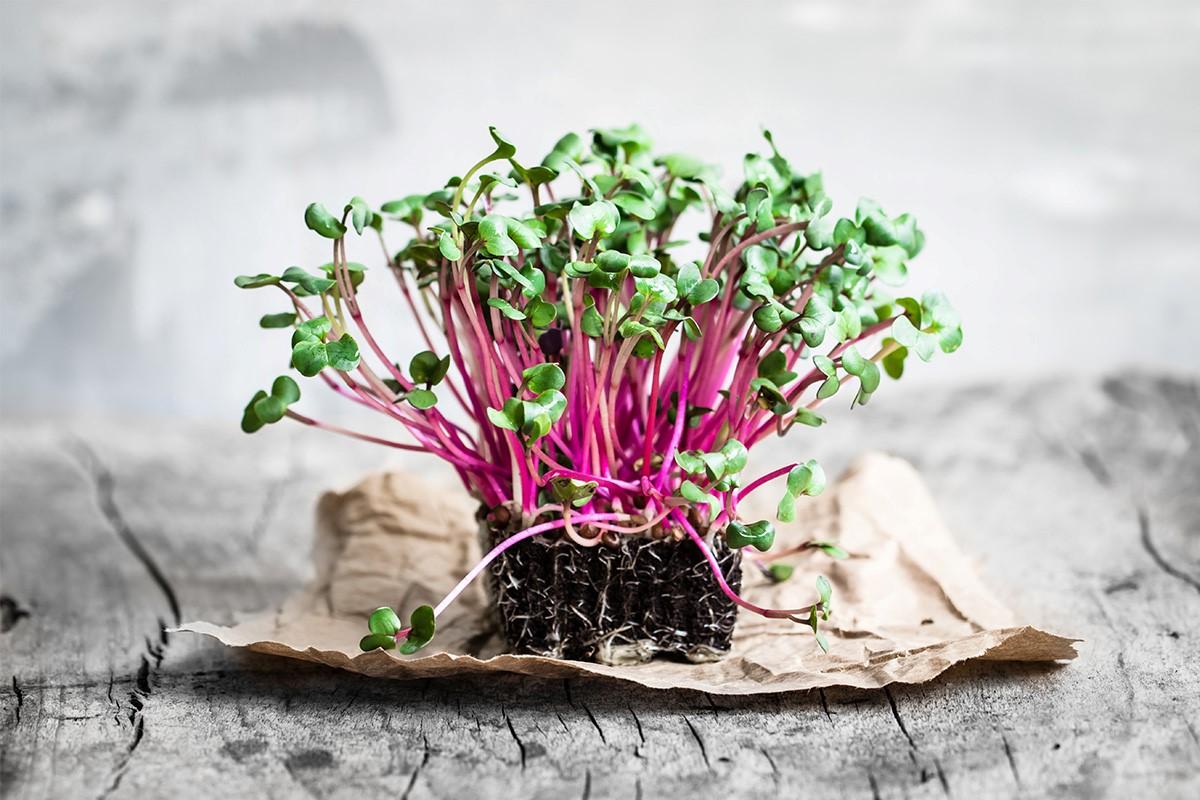
The shoots can be collected after 1.5-2 weeks
Rules of care
Caring for microgreens of radishes and other crops is not very difficult. Several rules must be followed:
- Do not let the soil dry out, periodically feel the surface and add a little water or spray it with a spray bottle.
- Use only settled, filtered or melted (you can also bottle) water.
- The water temperature for radish microgreens should be at least 15 degrees – it is not recommended to take it directly from the tap. On the other hand, too warm a liquid (more than 20 degrees) should not be used either.
- In winter, late autumn and early spring, provide additional light for radish microgreens. It is necessary to ensure that the total daylight hours are 13-14 hours.
- Maintain a stable temperature at 20-25 degrees, avoid changes and drafts.
When to cut radish microgreens
Radish microgreens appear within 1-2 days after planting in the ground, on cotton pads or other substrates. In this case, you can start collecting after 10-14 days. As soon as the sprouts reach a height of 7-10 cm and produce at least a couple of true leaves, you can start cutting.
Radish microgreens are used in their pure form, but are more often added to salads and other dishes. Moreover, you should follow certain rules and not consume more than 70-100 g per day. It is best to do this on a full stomach. The harvested crop can be stored in the refrigerator, but no more than three days.
Conclusion
It is quite possible to grow radish microgreens at home. Moreover, the harvest can be harvested all year round. It is enough to plant new and new batches of seeds every 3-5 days. Thanks to this, you can get a constant source of vitamins and other useful substances.
Reviews of radish microgreens


